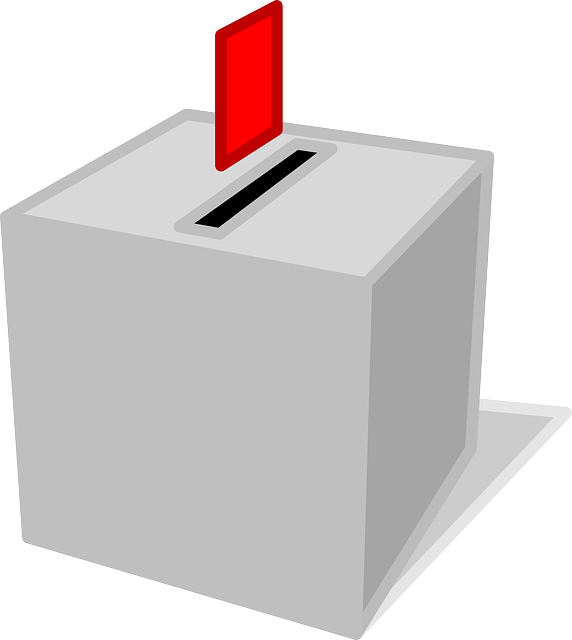Difference Between Democratic and Non-Democratic Government
Democratic vs Non-Democratic Government
Difference between democratic government and non-democratic government is an interesting topic to discuss. All the countries of the world have their own political or ruling system. Democracy can be taken as one of those political systems. Some countries in the world adhere to this democratic government system. The main feature of democracy is that the public gets the chance to elect the country’s representatives for ruling. Also, the common people get the freedom to choose their representative and to depose those elected people if they are not satisfied with the ruling system. While, in non-democracy, interests of the general public are not taken into consideration. Let us see the two types of government in detail.
What is a Democratic Government?
As mentioned above, democratic government shows the interests of the general public. The term “democracy” has been derived from the two Latin words Demo (people) and Kratos (power) which signifies that it is a type of government which is by the people, of the people and for the people. The countries that have a democratic government hold elections and through them people select their interested candidates for the government. These elections are mostly free and independent. The general public can vote for anybody whom they like. The people’s representatives go to the parliament and then they become the rulemaking party in the country. Mainly there are two types of democracies can be seen. Direct democracy allows all the eligible citizens to have control and power over the government and in decision making. In contrast, democratic republic or representative democracy entertains elected candidates of the general public and only they have the power over the government and ruling. However, most of the democratic countries are democratic republics.
Another significant feature in democracy is that the majority gets the ruling power over the other parties. That means when there is more than one party for an election, the party that contains the higher number of elected candidates will get the ruling authority.

What is a Non-Democratic Government?
Non- democratic governments do not have democracy but have other ruling methods. For example, dictatorships, aristocratic ruling, socialism, communism, authoritarianism, military power and so on. In these types of non-democratic ruling systems, the interests of the general public are not taken into consideration. When only one individual rules the whole country, it is called as an absolute monarchy. When the power is held by only a few number of people, it is called oligarchy. The equality, freedom and interests of common people are not considered significant in these types of government systems.
What is the difference between Democratic and Non-Democratic Government?
When we look at both instances, we see some similarities. Both are related to power and ruling over somebody. Also, there can be weaknesses in both situations and nobody can say one is better for the other.
• In terms of the difference, we see that the democratic government respects peoples’ interests and freedom whereas non-democracies play the reverse of that.
• Democracies allow peoples’ freedom, equality and the general public become a part of the decision-making process of the country.
• However, in non-democracies, the general public has no role to play in the decision-making process of the country.
• Democracies are mostly based on elections in which the public has the ability to change the ruling party.
• In non-democratic systems, usually, the power is inherited by generations and there are no elections and there may be no changes in the ruling party as in democratic governments.
ncG1vNJzZmivp6x7pbXFn5yrnZ6YsqOx07CcnqZemLyue8OinZ%2Bdopq7pLGMm5ytr5Wau26wxKamnKqRqbakecCnm2auo2K7sLqMnZymp5OnrrW1wmaeqK6Vp7uusc2tZg%3D%3D